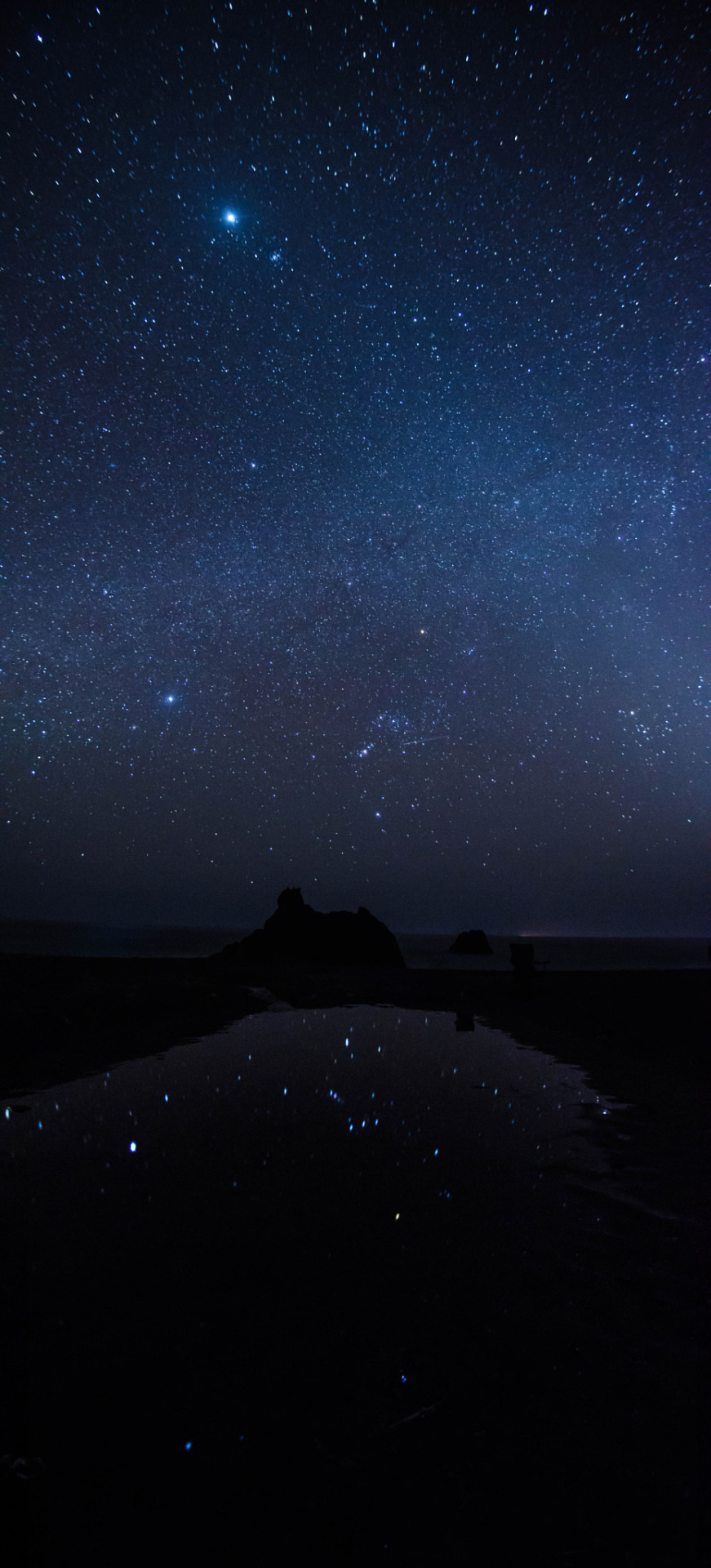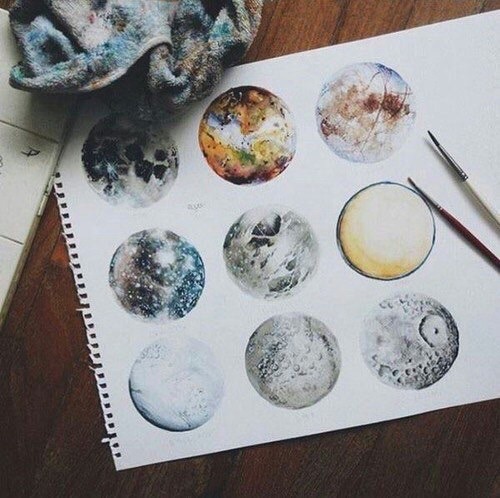Just a socially awkward college student with an interest in the celestial bodies in our universe.
279 posts
Latest Posts by allisonkitten - Page 4
Take notes Tucson
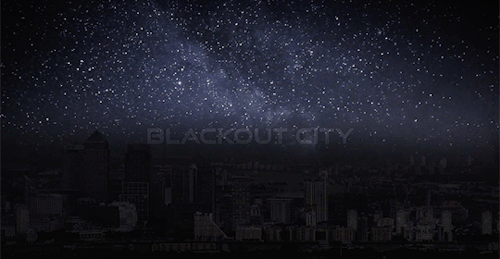
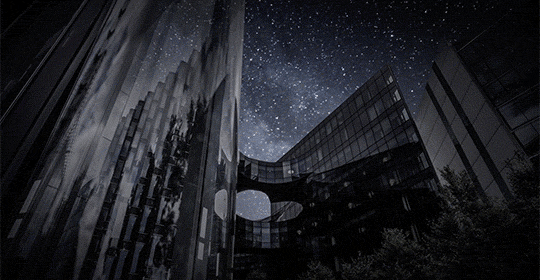
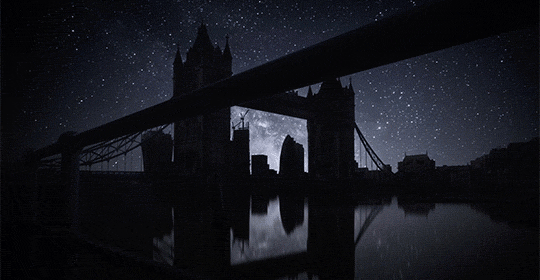

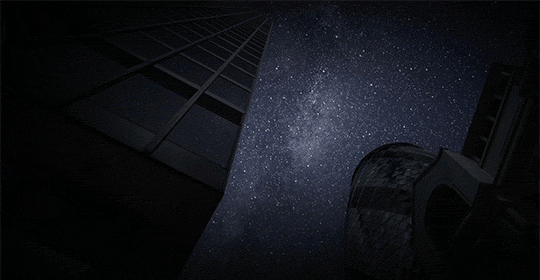
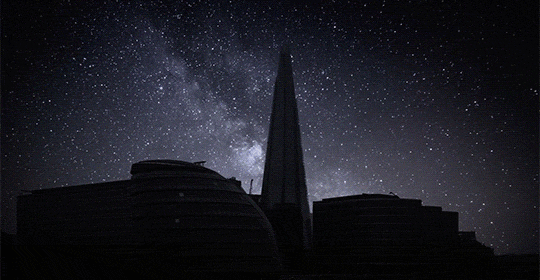
In a metropolis like London light pollution makes the night sky invisible. Only a few of the brightest stars and asterisms force their celestial light through the man made glow of the city. The night sky, one of the most beautiful of natural wonders is extinguished from view. Blackout City is an experimental timelapse film that makes the invisible, visible. It attempts to show what the night sky would look like If there were ever to be a total blackout in the South East of England on a clear, moonless, summers night.
[Video source]
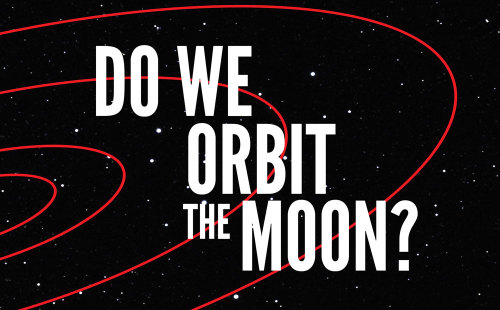



In last week’s episode of It’s Okay To Be Smart, I talked about why the moon orbits the Earth. If you haven’t watched it yet, give it a look. I’ll wait.
There’s some pretty interesting and counterintuitive astrophysics keeping the moon orbiting Earth and not getting gobbled up by the sun. But I left one thing out of that video. The moon doesn’t really orbit the Earth. Strictly speaking, the moon and the Earth orbit each other.
Just like the Earth exerts a gravitational force on the moon, the moon and its mass are “tugging” right back on us. As a result, the two bodies are actually orbiting a point in between, called the barycenter.
If you’ve ever watched pairs figure skating, you’ve seen this in action. When spinning through this move, called a “death spiral”, the two skaters are actually rotating around a barycenter in between their two centers of mass:

This is true of any two orbiting objects, whether it’s a pair of binary stars, a planet and its star, or a planet and its moon(s). You can think of it just like a playground see-saw, with the masses and distance between the two orbiting objects determining where the “balance” point is.
The Earth/Moon barycenter is about 1,700 km beneath the crust:
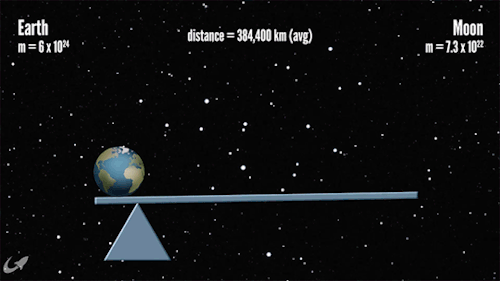
Jupiter, despite being more than five times farther from our central star than Earth is, is so massive that its barycenter lies outside of the Sun:

The Earth-Sun barycenter, on the other hand, is effectively in the center of the sun. Our mass is just peanuts compared to that of that huge burning ball of hot gas:
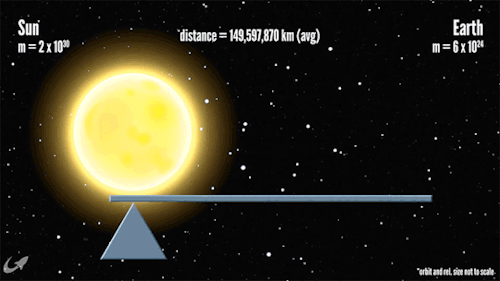
When two orbiting bodies have similar masses and are relatively close to each other, it can be tough to figure out who’s orbiting whom. This is one reason that some astronomers think Pluto and its moon Charon are more of a double-dwarf-planet system:
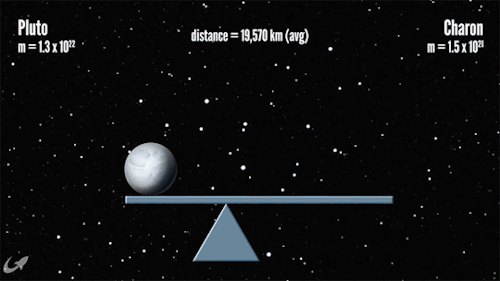
Scientists use the see-saw physics of barycenters to study planets in distant solar systems, observing these wobbly waltzes to discover planets that we can’t see with telescopes.
The dig deeper into this cool bit of astrophysics, check out this article from my friend Chris Crockett. And cue the Dead or Alive…

We exist for a mere blink of an eye in astronomical terms.
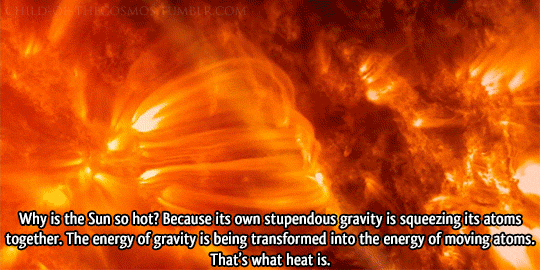

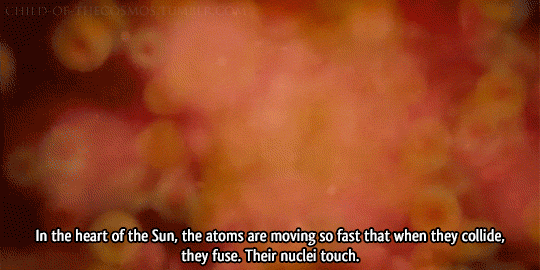
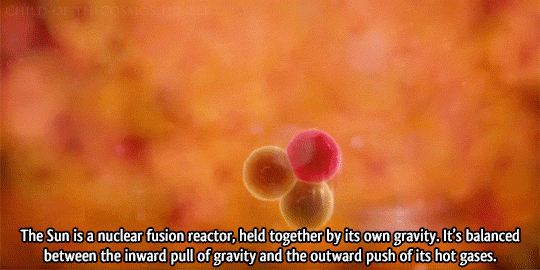
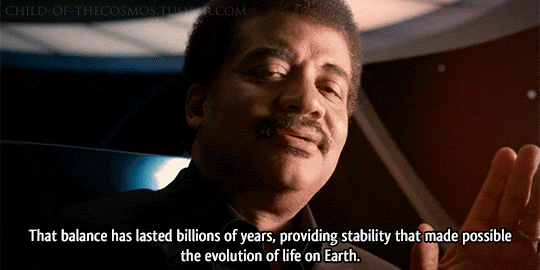
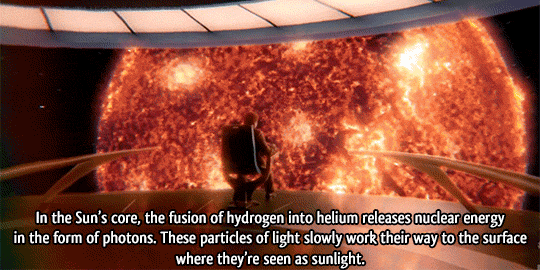






The Atom: Part 4 of 5 (Part 1, Part 2, Part 3) Episode 6: Deeper, Deeper, Deeper Still, Cosmos: A SpaceTime Odyssey
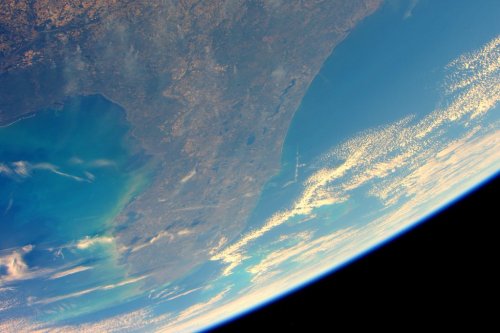
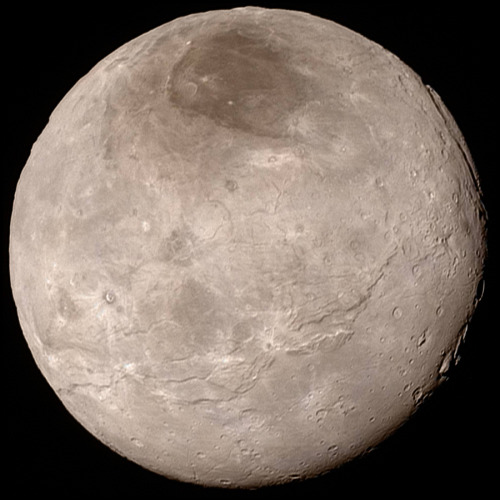
Charon
js
Fun Facts About Mars

Mars is a cold desert world, and is the fourth planet from the sun. It is half the diameter of Earth and has the same amount of dry land. Like Earth, Mars has seasons, polar ice caps, volcanoes, canyons and weather, but its atmosphere is too thin for liquid water to exist for long on the surface. There are signs of ancient floods on the Red Planet, but evidence for water now exists mainly in icy soil and thin clouds.

Earth has one, Mars has two…moons of course! Phobos (fear) and Deimos (panic) are the Red Planet’s two small moons. They are named after the horses that pulled the chariot of the Greek war god Ares, the counterpart to the Roman war god Mars.

The diameter of Mars is 4220 miles (6792 km). That means that the Red Planet is twice as big as the moon, but the Earth is twice as big as Mars.

Since Mars has less gravity than Earth, you would weigh 62% less than you do here on our home planet. Weigh yourself here on the Planets App. What’s the heaviest thing you’ve ever lifted? On Mars, you could have lifted more than twice that! Every 10 pounds on Earth only equals 4 pounds on the Red Planet. Find out why HERE.

Mass is the measurement of the amount of matter something contains. Mars is about 1/10th of the mass of Earth.

Mars and Earth are at their closest point to each other about every two years, with a distance of about 33 million miles between them at that time. The farthest that the Earth and Mars can be apart is: 249 million miles. This is due to the fact that both Mars and Earth have elliptical orbits and Mars’ orbit is tilted in comparison with the Earth’s. They also orbit the sun at different rates.

The temperature on Mars can be as high as 70 degrees Fahrenheit (20 degrees Celsius) or as low as about –225 degrees Fahrenheit (-153 degrees Celsius). How hot or cold the surface varies between day and night and among seasons. Mars is colder than Earth because it is farther from the sun.

You know that onions have layers, but did you know that Mars has layers too? Like Earth, Mars has a crust, a mantle and a core. The same stuff even makes up the planet layers: iron and silicate.

Ever wonder why it’s so hard launching things to space? It’s because the Earth has a log of gravity! Gravity makes things have weight, and the greater the gravity, the more it weights. On Mars, things weigh less because the gravity isn’t as strong.

Take a deep breath. What do you think you just breathed in? Mostly Nitrogen, about a fifth of that breath was Oxygen and the rest was a mix of other gases. To get the same amount of oxygen from one Earth breath, you’d have to take around 14,500 breaths on Mars! With the atmosphere being 100 times less dense, and being mostly carbon dioxide, there’s not a whole lot of oxygen to breathe in.

Mars has about 15% of Earth’s volume. To fill Earth’s volume, it would take over 6 Mars’ volumes.
For more fun Mars facts, visit HERE.
Make sure to follow us on Tumblr for your regular dose of space: http://nasa.tumblr.com
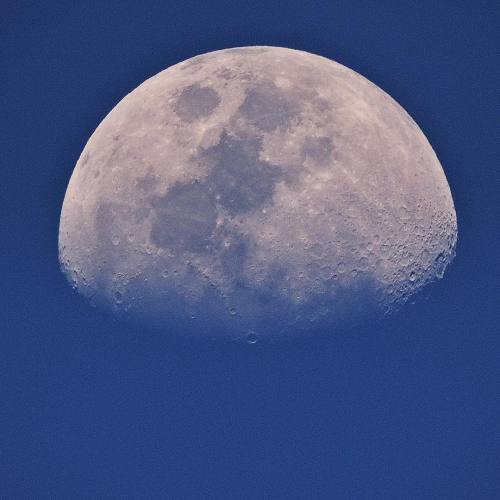

Auroras of Jupiter
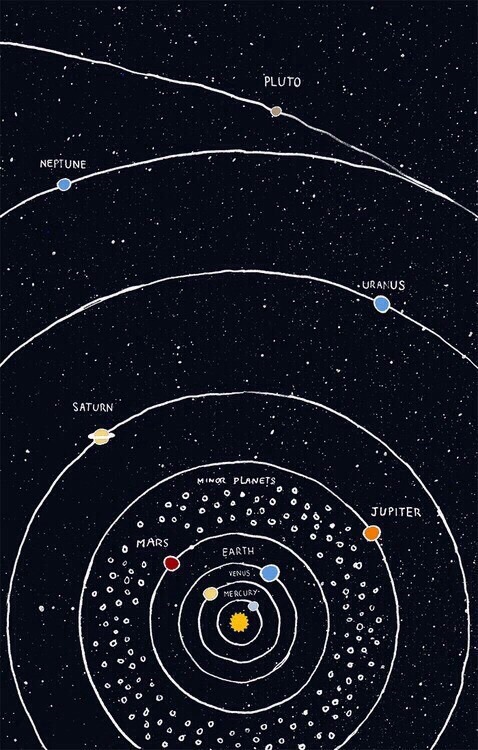
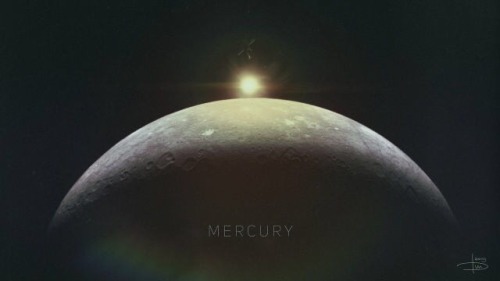
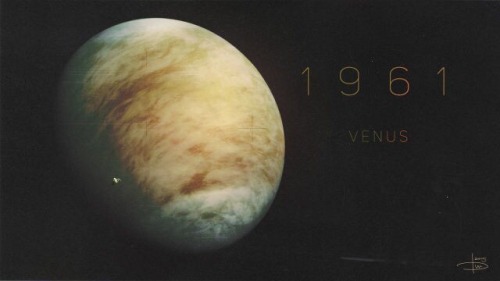
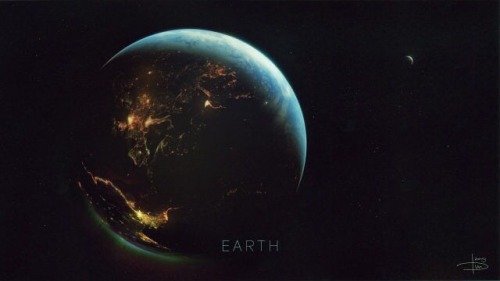
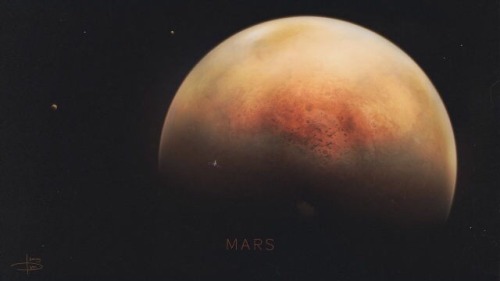
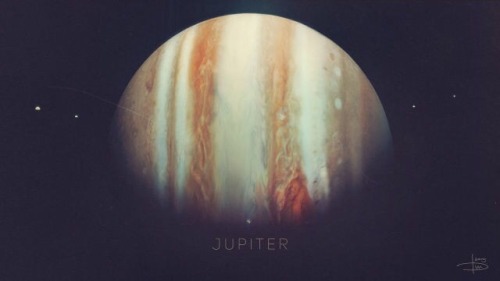
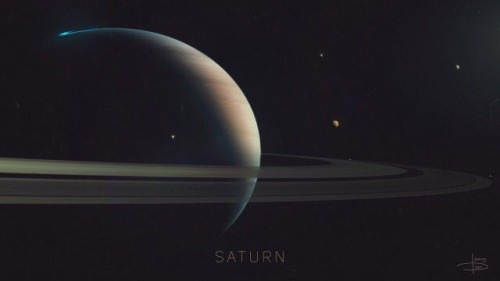
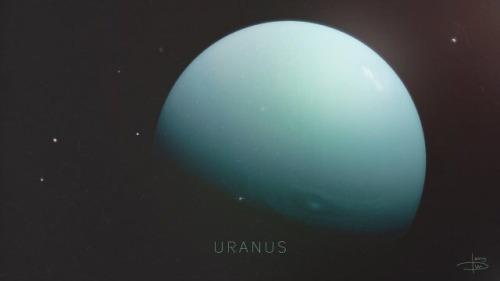
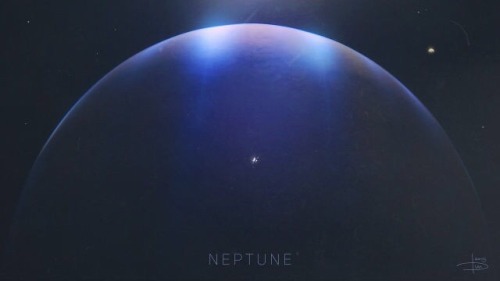

Our Solar System!
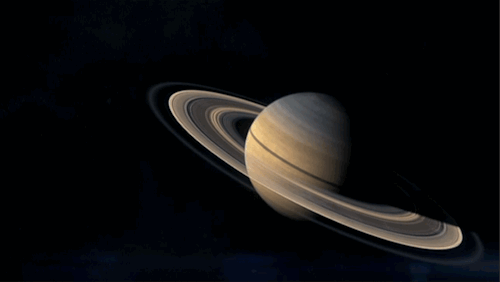
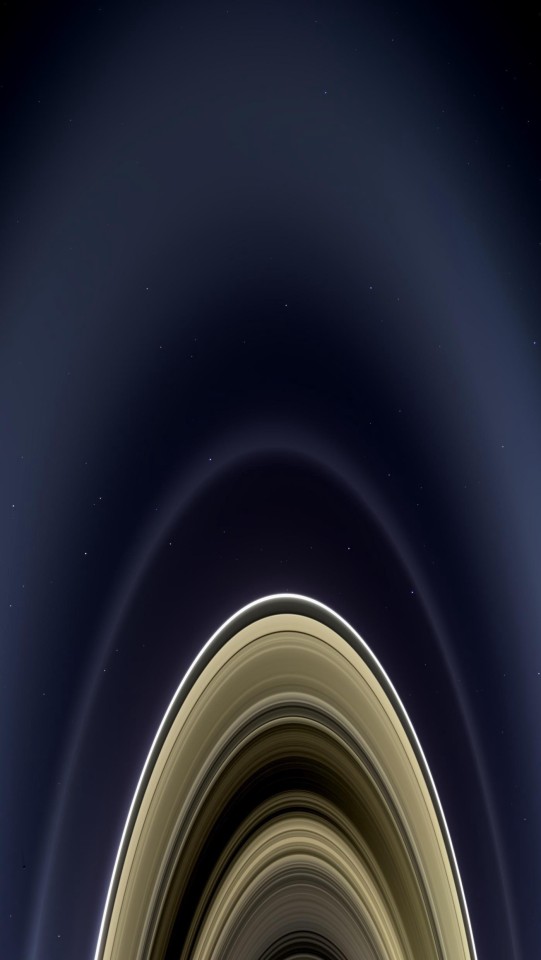
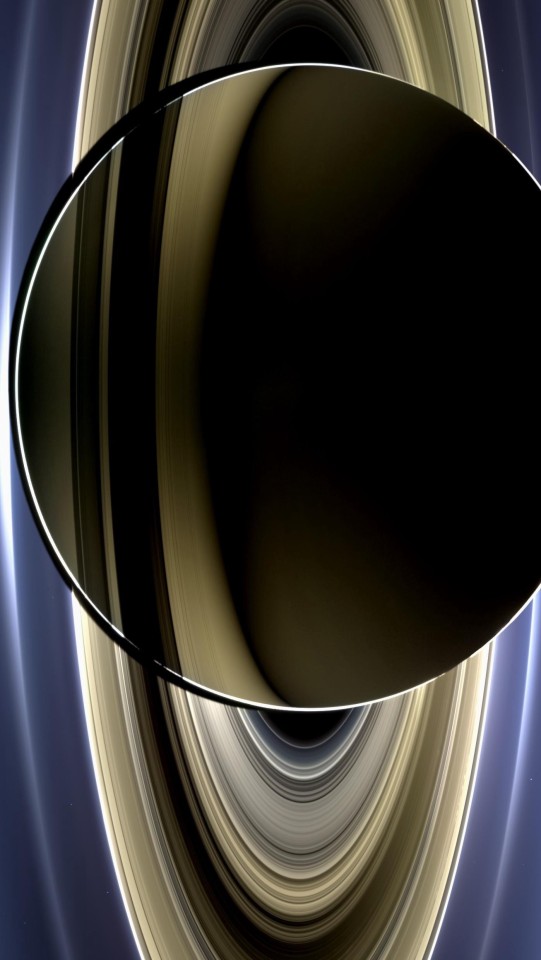
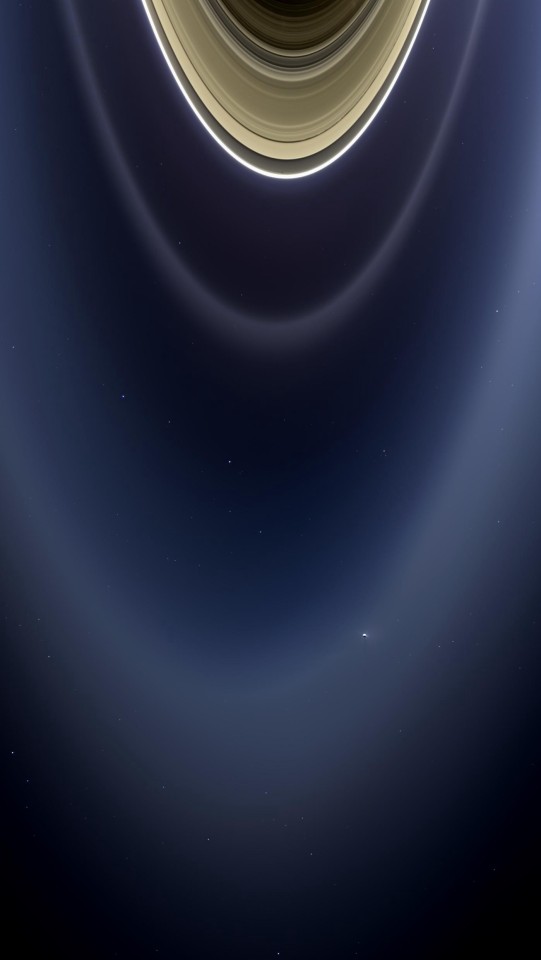
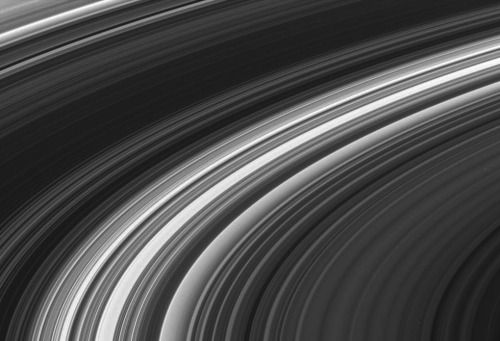

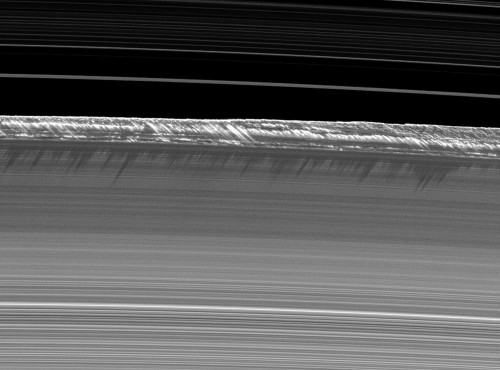

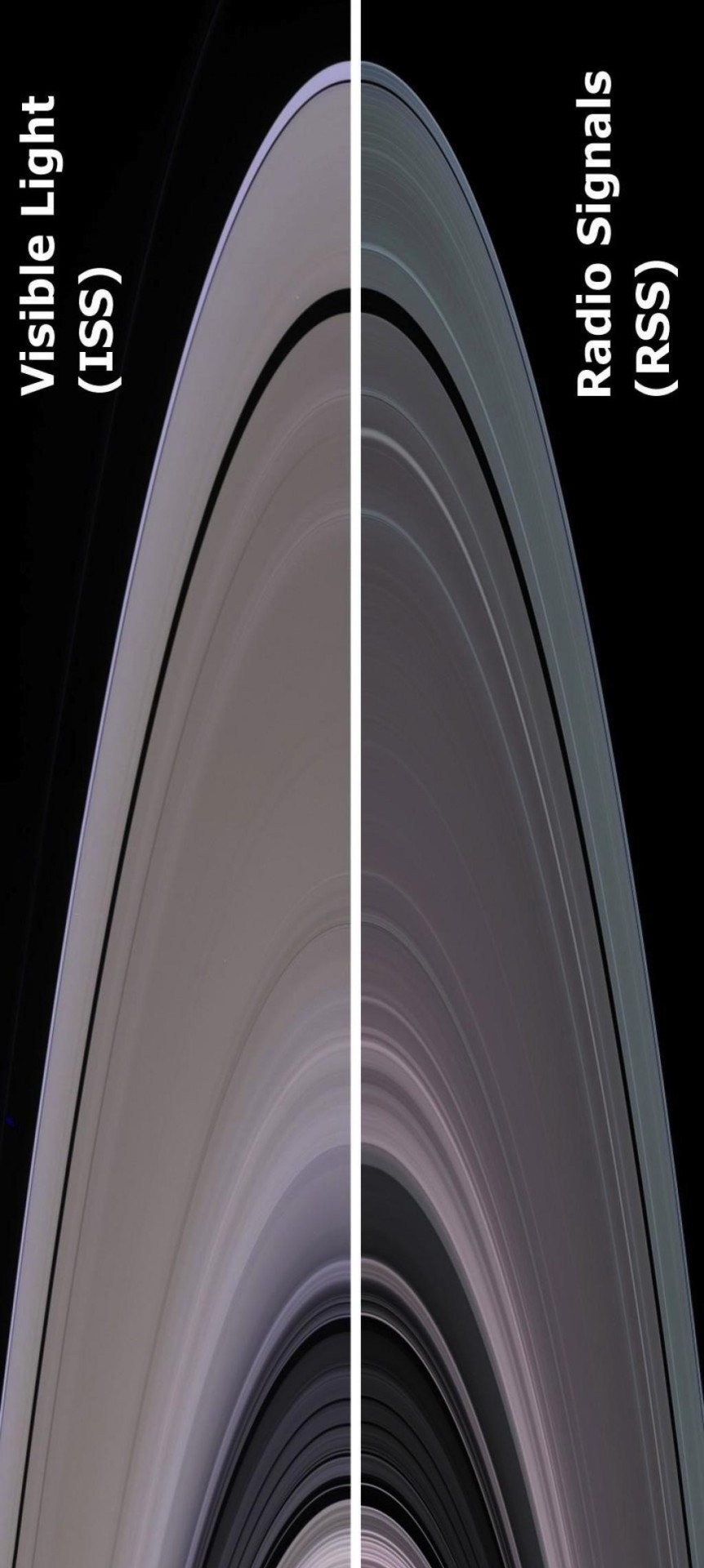
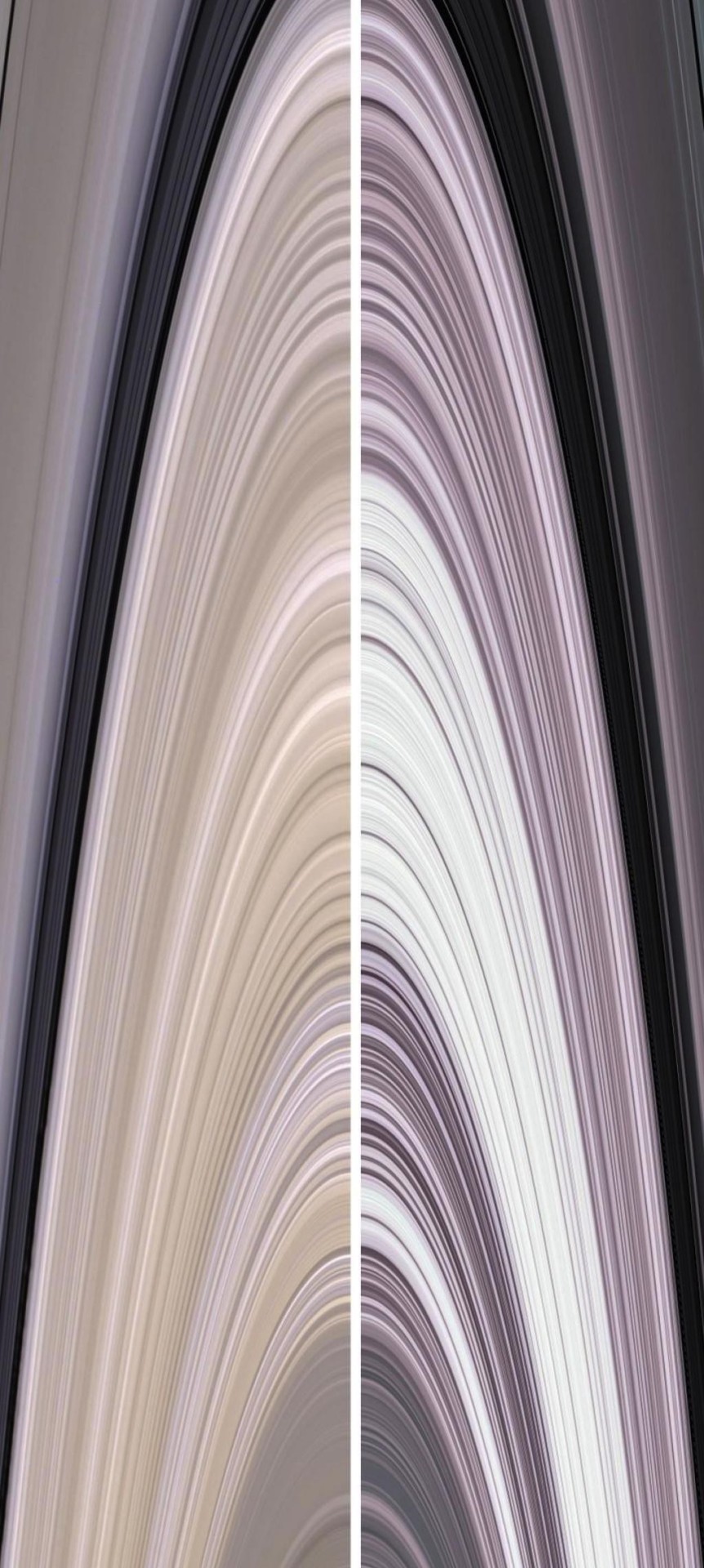
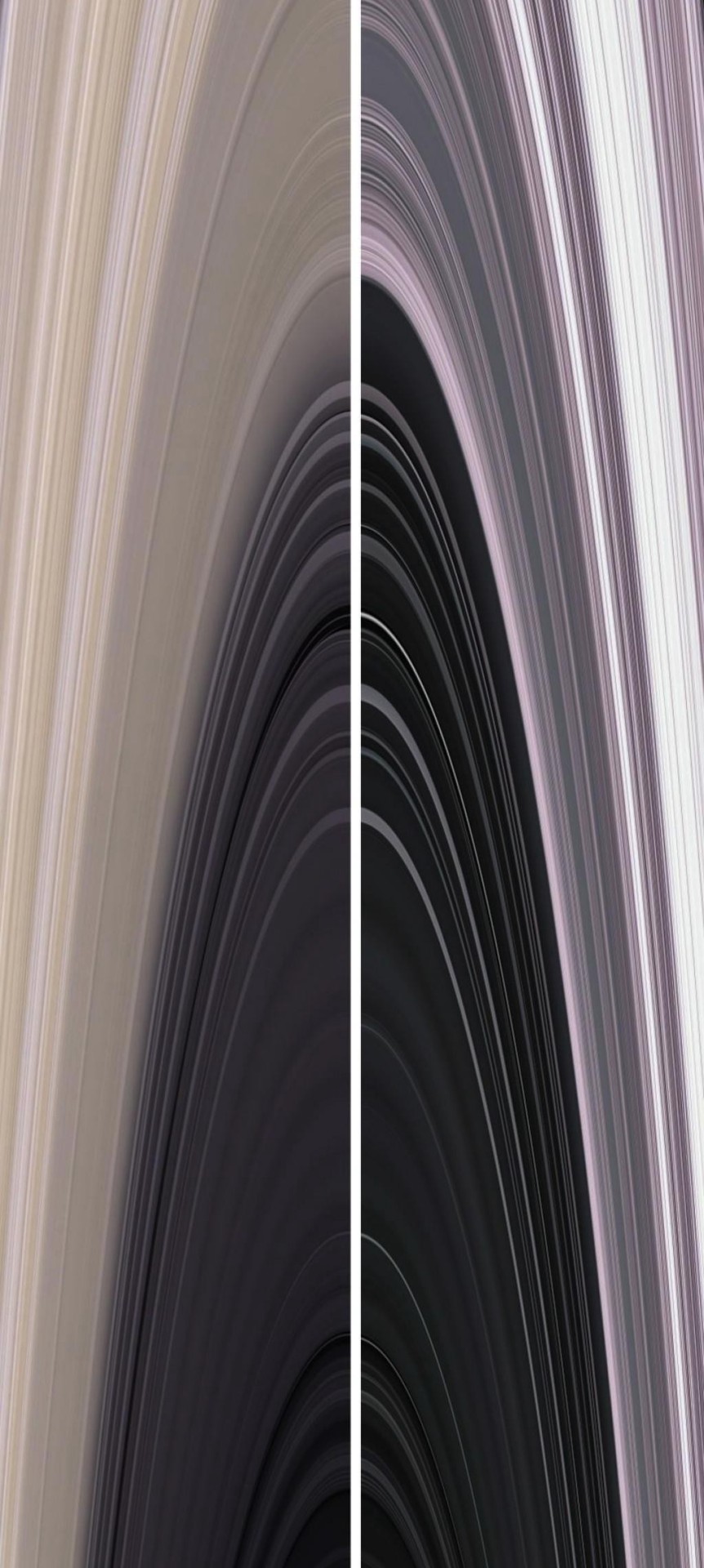
NASA’s Cassini reveals the full glory of Saturn’s rings
“Composed of 99.9% water-ice, the ring system has thousands of thin gaps, and was thicker and more varied in the past. The once-rocky material has coalesced into moons, but the watery rings will remain for as long as our Solar System exists.”
In the 1600s, the earliest telescopes saw that Saturn had “ears,” while later observers all the way back then finally saw their true nature: a ringed system with complex gaps, bands and colorations throughout. Since then, Saturn’s rings have been a source of wonder and puzzlement to skywatchers everywhere. The only ring system visible through most telescopes from Earth, Saturn’s main rings measure more than 70,000 km long, yet are no more than 1 km in thickness. Once thought to have only two gaps in them, the Cassini spacecraft has revealed over a thousand, teaching us that Saturn’s rings are ancient – likely as old as the planet itself – and will likely continue to exist for as long as our Sun shines.
Go get the full story in a glorious set of pictures from Cassini and no more than 200 words on today’s Mostly Mute Monday!
Solar System: Things to Know This Week
Our solar system is huge, so let us break it down for you. Here are five things you need to know this week:
1. The Lure of the Rings

Scientists and stargazers alike can’t resist the call of Saturn’s rings, or of its moon Titan. Both have been under close scrutiny by the Cassini spacecraft lately, and there are striking new pictures to prove it. Check out the latest images HERE.
2. A New Moon Rises

The Lunar Reconnaissance Orbiter has captured dramatic landscapes on the moon for more than six years. “A New Moon Rises,” now on display at the Smithsonian National Air and Space Museum in Washington, DC, showcases those images ranging from Apollo landing sites to mountains that rise out of the darkness of the lunar poles. See an online version of the exhibit HERE.
3. Around the (Giant) World in (Just Under) 88 Days

The Juno mission is closing in on Jupiter. On July 4, the spacecraft enters orbit around the king of planets. Learn more about Juno HERE.
4. Spiders and Volcanoes and Glaciers, Oh My

The more data that New Horizons spacecraft sends down about Pluto and its moons, the more there is to fascinate explorers, from spider-shaped canyons to signs of glacial flow. Take a peek at the new finds on Pluto HERE.
5. World of Wonders

Hexagonal craters, mysterious mountains, eye-catching bright patches — the dwarf planet Ceres is proving to be an intriguing place. The Dawn mission is looking for clues to how it works. See the latest from Ceres HERE.
Want to learn more? Read our full list of the 10 things to know this week about the solar system HERE.
Make sure to follow us on Tumblr for your regular dose of space: http://nasa.tumblr.com
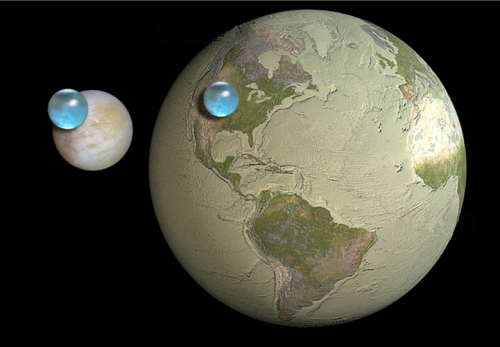
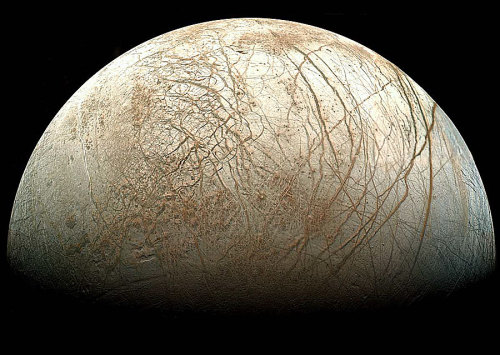
Life on an Icy Moon
Jupiter’s moon Europa is the size of the Earth’s moon, and yet it holds more than twice as much water as all of Earth’s oceans combined. Europa’s salty ocean covers the entire surface, and the crust is completely frozen over because the moon is 780,000,000 km from the sun and has an average temperature of -160 degrees Celsius. The icy moon’s orbit is eccentric, orbiting in an oval instead of a circle, and so Jupiter’s enormous gravitational pull constantly squeezes and stretches the moon, creating constant motion and likely the surface cracks too. This tidal heating generates warmth, which creates a significant chance that this distant ocean is harboring life. Radiation from Jupiter’s magnetosphere could destroy life at shallow depths, but new research suggests that there’s oxygen available in the subsurface ocean that could support oxygen-based metabolic processes. Scientists must now determine how deep such organisms must hide in order to avoid radiation, and therefore how deep we need to go to find them. The icy crust might be hundreds of metres or even kilometres thick, and so sending a probe through the surface would be difficult, but we have to try, because Europa is one of the best potential sources for extraterrestrial life in the solar system.
Read more—could the oceans be too acidic for life?
Tiggghhhttt
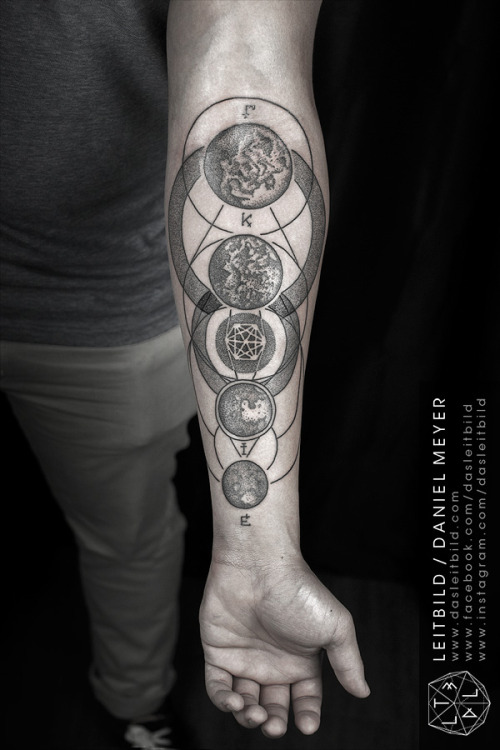

The Galilean moons. From left to right, in order of increasing distance from Jupiter: Io, Europa, Ganymede, Callisto.
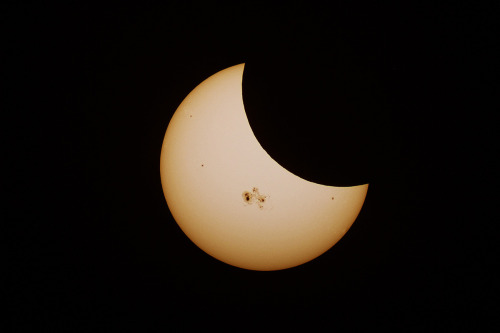
Partial Solar Eclipse in White Light.
Credit: Unknown
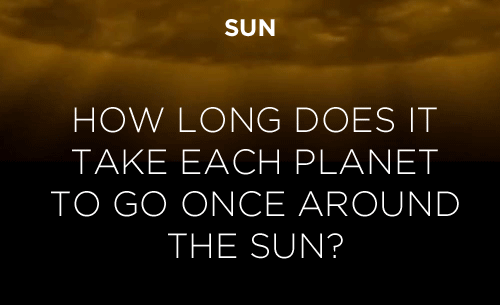
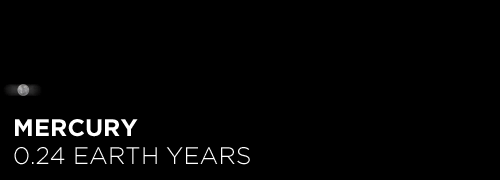
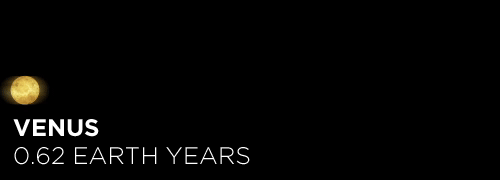

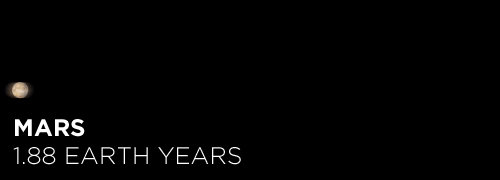

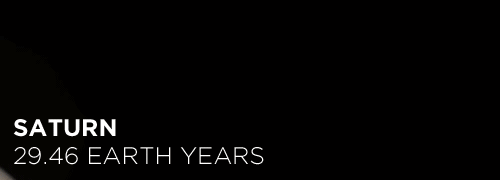
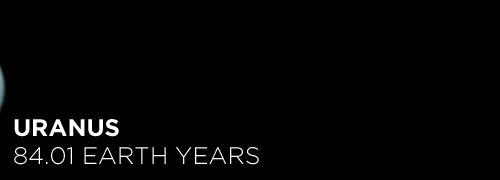

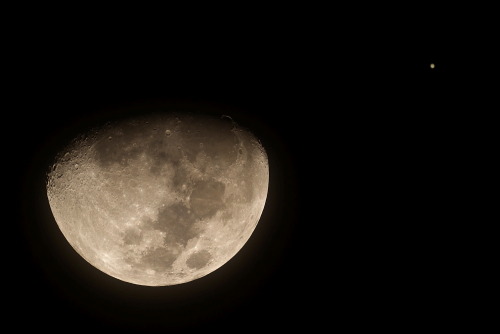
Jupiter/Moon Conjunction.
Credit: Pete Lardizabal

The Orion Nebula.
Credit: NASA, ESA and the Hubble Heritage Team (STScI/AURA)

The innermost D ring of Saturn.
Credit: NASA, JPL-Caltech, Space Science Institute

Uranus, 2005.
Credit: NASA, ESA and M Showalter (SETI Institute)
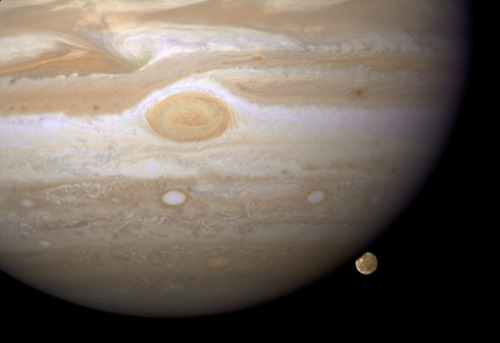
HST/WFPC2 Image of Jupiter and Ganymede, 2007.
Credit: NASA, ESA and E Karkoschka
Astronomy compels the soul to look upward, and leads us from this world to another
Plato (via back-to-the-stars-again)

